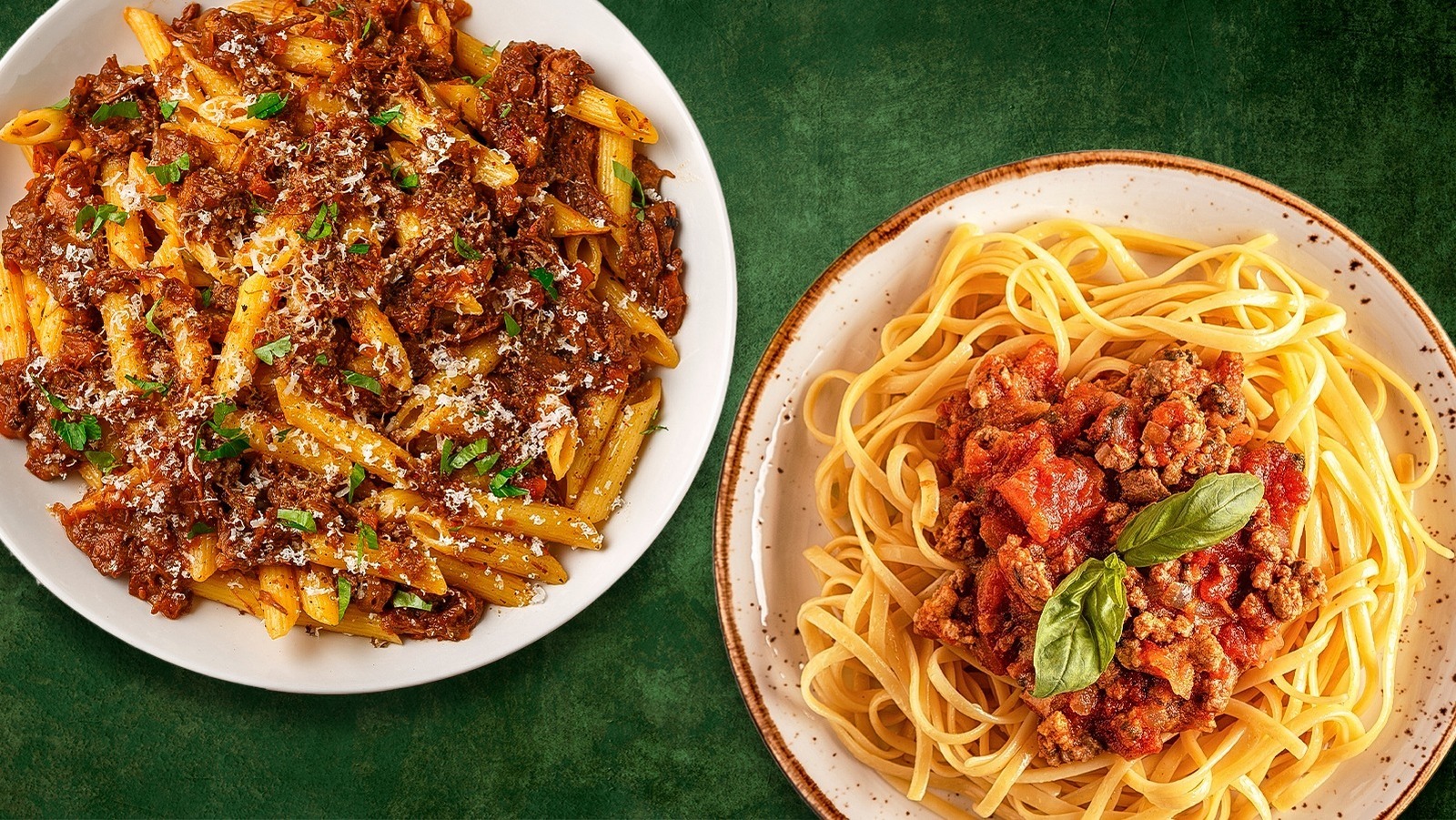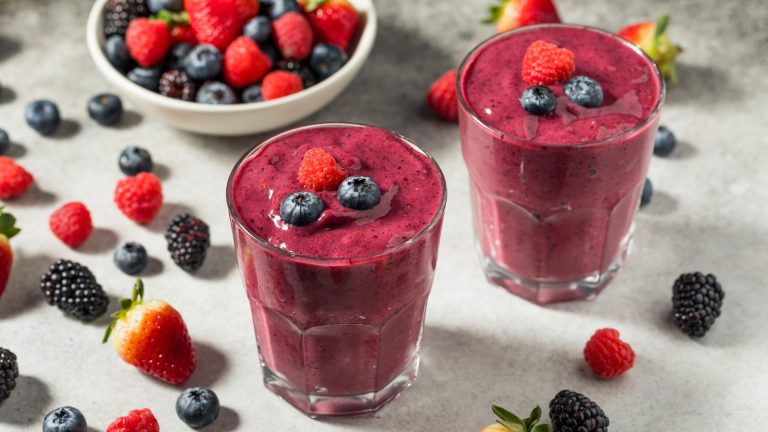Few dishes in the Italian culinary oeuvre showcase the country’s cucina povera philosophy as artfully as its pastas. The cooking tradition is all about simple, straightforward dishes that showcase minimal ingredients, skillfully prepared. Today, we’re exploring two Italian legends that follow this basic formula: pasta alla Genovese and pasta Bolognese. In both dishes, meat and veggies cook down into a tender, aromatic sauce with impressive dimensionality for their sparse ingredients lists.
In other words, neither pasta dish can be quickly thrown together on a busy weeknight (unless, of course, you bust out the slow cooker for the ragu and boil the pasta just before serving, but we digress). Beyond their different regional names (Genoa versus Bologna), the biggest differentiating characteristics between these classics are their ingredients and the types of pasta used. Whereas tomato and dairy star in rich pasta Bolognese, neither ingredient belongs in pasta alla Genovese. Except for the grated cheese on top, pasta alla Genovese is dairy-free.
Also, where Genovese pasta uses chunked or shredded beef, the protein in Bolognese is a combination of ground beef, ground pork, and sometimes veal. Regarding pasta shape, pasta alla Genovese is always served with tubular pasta, most commonly penne, rigatoni, or ziti. By contrast, pasta Bolognese is customarily served with flat, ribbon-like pasta such as pappardelle or wide, toothy tagliatelle. It can also be served with tubular penne rigate, but this is less typical.
What is pasta alla Genovese?
Pasta alla Genovese is all about three main elements: tube-shaped pasta, tomato-free meat sauce, and onion. The beef and onion are slow-cooked into a tender, savory ragu – a sauce that originates in Naples, not the dish’s eponymous Genoa. Genoa is a coastal city in Northwest Italy, the capital of Liguria. Why the regional title change? During the mid-1800s, the two dominant ways of dressing pasta in Italy were “alla Genovese” and “alla Napoletana,” both of which were characterized by nearly identical meat sauces.
Over time, the sauces changed, and the matter of “who started it” blurred. The changing “alla Genovese” sauce also inspired another similarly-named (but meatless) dish from Genoa: pesto alla Genovese, also called Ligurian pesto pasta, a green-hued combination of basil pesto, green beans, and pecorino. Per the lore, in true waste-nothing cucina povera home cook tradition, pasta alla Genovese was originally invented as a thrifty way to use up every part of a pot of braised beef. Large chunks of tough, less-desirable, low-fat braising meat like chuck roast are common here.
In addition to the onions, carrots and celery are also boiled into the ragu sauce, as well as olive oil and a splash of white wine. Tomato paste may be added into the ragu for savory acidity, but is not traditional. To serve, the dish is topped with grated pecorino or Parmigiano Reggiano. With this dish, low and slow cooking are the name of the game. Allot at least two hours for Genovese ragu to come together.
What is pasta Bolognese?
Pasta Bolognese hails from Bologna, the capital of Emilia-Romagna in northern Italy, just over 155 miles east inland from Genoa. This hearty dish is all about its rich meat sauce that puts cream and tomato at the front of the action. Unlike pasta alla Genovese’s strictly beef ragu, traditional pasta Bolognese uses a combination of beef, pork, and sometimes veal. Cured meats like salty, bacon-esque pancetta aren’t uncommon in a Bolognese sauce, either.
Whereas the beef is chunked or shredded in pasta alla Genovese, Bolognese ragu features ground meat for a finer texture that blends into the mouthfeel of the heavy tomato-cream sauce. Bolognese ragu begins with aromatic veggies (carrots, onions, and celery, plus a pinch of nutmeg and/or clove), but the soffritto takes a backseat to the sauce’s dairy component. A generous splash of milk or heavy cream rounds and slightly sweetens the sauce for a deeply robust profile. In addition to the dairy, tomatoes feature prominently in pasta Bolognese, whereas they are nowhere to be seen in traditional pasta alla Genovese.
White wine and chicken stock also typically feature as moisture components in the sauce, whereas Genovese pasta does not include stock. The interplay of the milk and tomatoes gives Bolognese sauce its signature rosy-orange hue. Like its Genovese counterpart, pasta Bolognese takes several hours of low, slow cooking for the luxurious flavors to concentrate. Although, in a pinch, Rao’s jarred store-bought Bolognese sauce is the best dupe for homemade.







